Vietnam Electricity Group has just reported to the Ministry of Industry and Trade on the Project "Building a two-component electricity price system (capacity price and electricity price) and the roadmap for application to the Vietnam Electricity industry".
In which, EVN said that the consulting unit believes that the most ideal option to apply the two-component electricity price mechanism is from January 1, 2025, if the trial phase is implemented and ends as planned.
The immediate target is customers using electricity for production purposes and purchasing directly from EVN (production customers) including: at high voltage level (from 110 kV and above), medium voltage (from 6 kV to below 110 kV), low voltage (below 6 kV).
According to the provisions of Decree No. 137/2013/ND-CP, Decision No. 28/2014/QD-TTg, the application of two-component electricity prices, implementation roadmap and applicable subjects must be approved by the Prime Minister and guided by the Ministry of Industry and Trade.
This group believes that changing the current electricity pricing mechanism from one component to a two-component electricity pricing mechanism needs to be carefully considered and have a suitable roadmap.
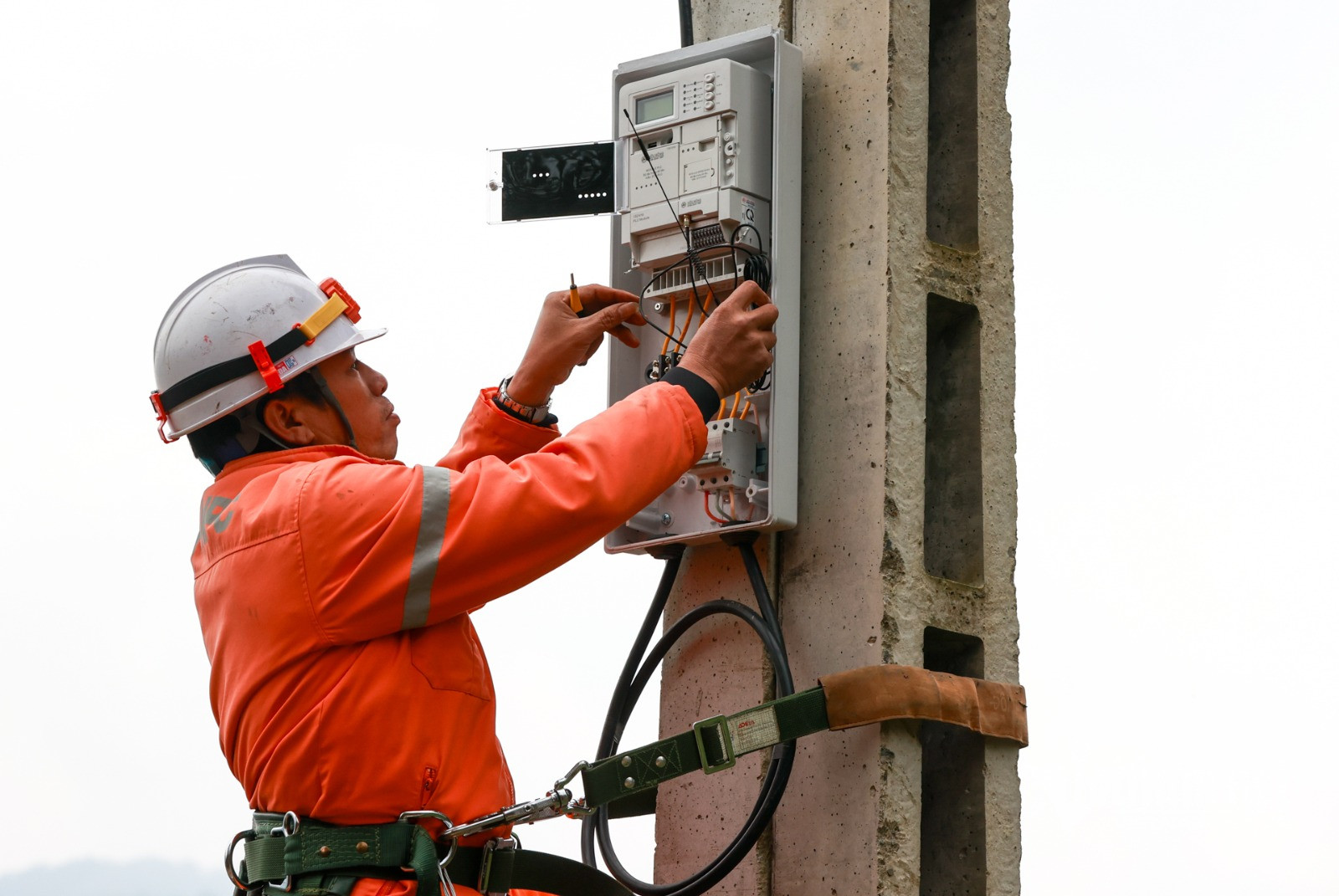
In fact, the recent period of the Direct Power Purchase Agreement (DPPA) applied to a number of customer groups, not to the entire system. Therefore, the selection of customer groups under the DPPA mechanism in Decree No. 80/2024/ND-CP is prudent and can be considered in the current period.
According to the consultant's proposal, the fixed price will be adjusted according to the CPI; and the variable price will be adjusted according to the average retail electricity price adjustment level. However, EVN believes that currently, the average retail electricity price is adjusted according to the mechanism prescribed in Decision No. 05/2024/QD-TTg dated March 26, 2024 of the Prime Minister. Therefore, the automatic annual adjustment of the fixed price is not appropriate.
EVN proposes to consider the direction that the capacity price and electricity price will be adjusted at the same rate as the average retail electricity price adjustment and the adjustment range is ± 2% compared to the rate in the two-component electricity price table (similar to Decision No. 28/2014/QD-TTg).
According to EVN, reforming the retail electricity price mechanism in general needs to be considered at a time when Vietnam is transitioning to a market mechanism for electricity generation, wholesale and retail. The application of a two-component electricity price will affect customer groups and electricity-using households, which may increase or decrease compared to the current single-component price mechanism.
"This will create mixed reactions in public opinion, and can easily be exploited and distorted by those who do not understand the nature of the matter. Therefore, communication is needed to create consensus," EVN noted.
Currently, Vietnam applies a single-component electricity price list, which means the electricity price list is calculated based on electricity capacity. Meanwhile, many countries in the world are applying a two-component electricity price list. Analyzing the impact of this mechanism, Mr. Nguyen Minh Duc, Vietnam Federation of Commerce and Industry, once assessed: Firstly, it will reduce cross-subsidy between customers. Cross-subsidy is an issue that many people are concerned about. Second, avoid customers who register for large capacity and then do not use it, or factories that register for large capacity and require the power company to prepare power lines and transformer stations, but the project is behind schedule and does not consume electricity for many years. The cost of power lines and transformer stations during those years is wasted. This cost is then passed on to other customers. "In addition, price adjustments will be more flexible, because electricity prices fluctuate greatly, while investment costs fluctuate more slowly," said Mr. Duc. |
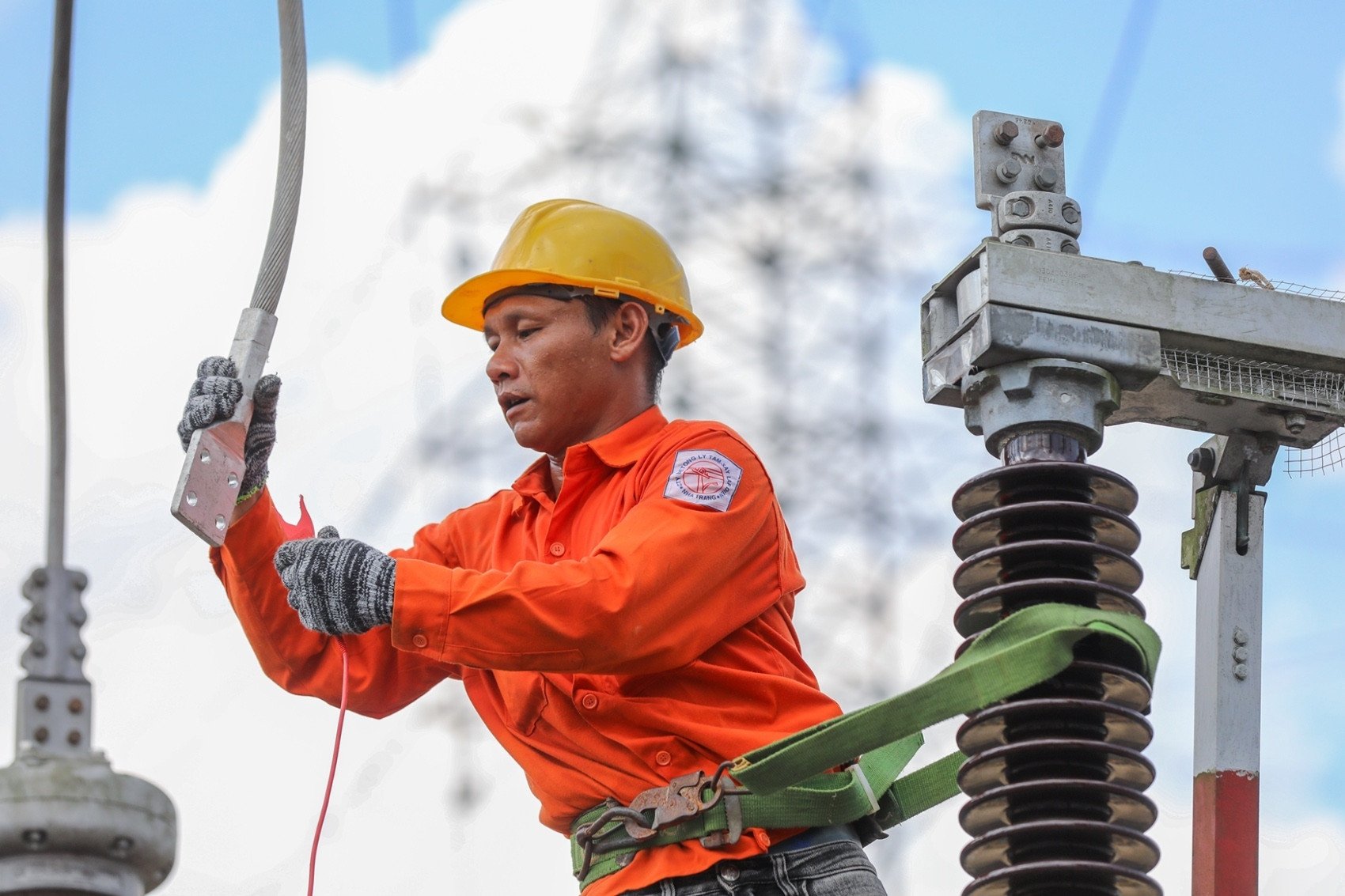
Source: https://vietnamnet.vn/de-xuat-co-che-gia-dien-moi-cong-bang-hon-ap-dung-tu-2025-2338673.html


![[Photo] Party and State leaders attend the special art program "You are Ho Chi Minh"](https://vphoto.vietnam.vn/thumb/1200x675/vietnam/resource/IMAGE/2025/5/18/6895913f94fd4c51aa4564ab14c3f250)
![[Photo] Ready for the top competitions of Vietnamese table tennis](https://vphoto.vietnam.vn/thumb/1200x675/vietnam/resource/IMAGE/2025/5/18/9c547c497c5a4ade8f98c8e7d44f5a41)

![[Photo] Many young people patiently lined up under the hot sun to receive a special supplement from Nhan Dan Newspaper.](https://vphoto.vietnam.vn/thumb/1200x675/vietnam/resource/IMAGE/2025/5/18/6f19d322f9364f0ebb6fbfe9377842d3)


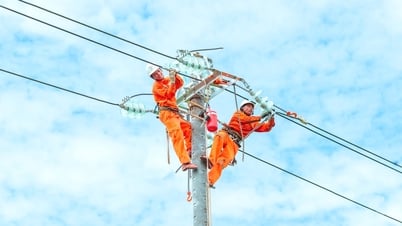

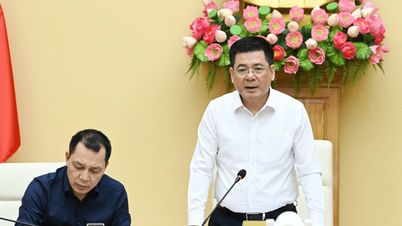



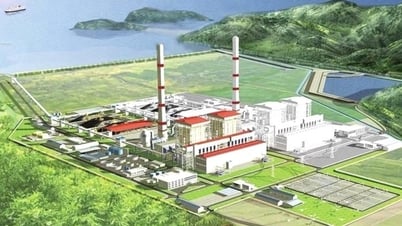


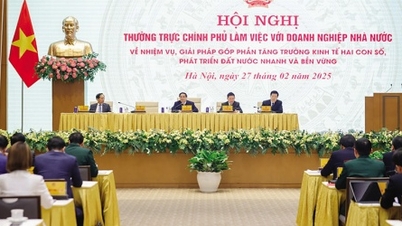

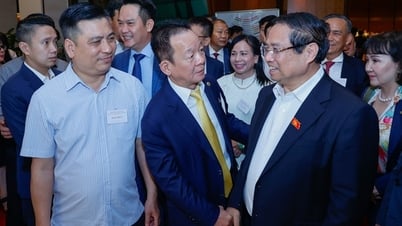





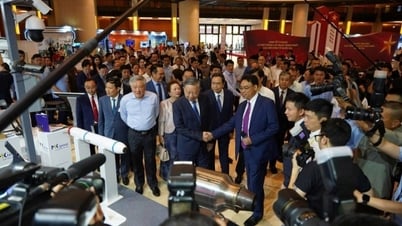


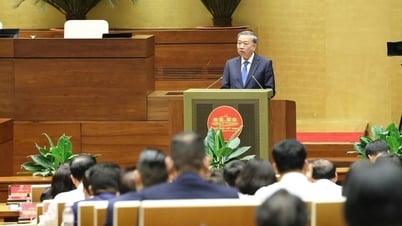






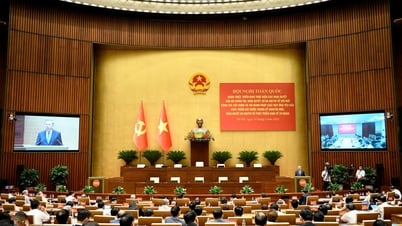






















































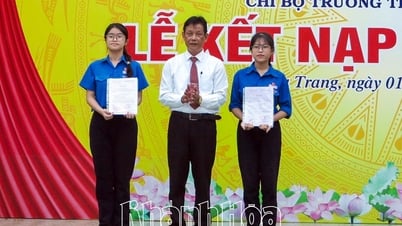
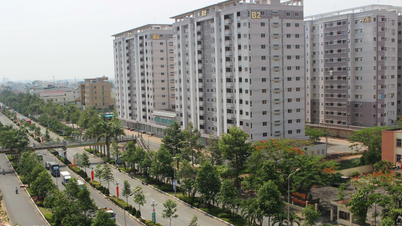












Comment (0)